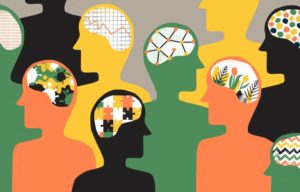For nearly 70 years, May has been recognized as Mental Health Awareness Month across the nation. With one in five people in the U.S. affected by “mental health conditions,” this month-long effort centers on celebrating the improvement and recovery of people with mental illness, so it is best to understand Mental Health by the learning about Mental Illness and possible treatments.
 When I was in medical school and residency, we learned about the history of psychiatry including the role of Schneider, Bleuler and Kraepelin in connecting symptoms to diagnoses, as well as Freud’s work to understand why clinical symptoms occurred. These pioneering efforts all contributed to making sense of clinical experiences and to organize our thoughts about symptoms clusters, all with the absence of our current brain imaging technology.
When I was in medical school and residency, we learned about the history of psychiatry including the role of Schneider, Bleuler and Kraepelin in connecting symptoms to diagnoses, as well as Freud’s work to understand why clinical symptoms occurred. These pioneering efforts all contributed to making sense of clinical experiences and to organize our thoughts about symptoms clusters, all with the absence of our current brain imaging technology.
In 1917, the American Medical Association aimed to create a glossary of mental health disorders. This project resulted in the publication of the Diagnostic and Statistical Manual of Mental Disorders, now in its fifth edition. While the initial effort was to categorize severe illness, this work has grown to have a role, not just in clinical practice, but also in the insurance and reimbursement world and the legal system.
When looking at these lists of clinical symptoms, it may seem that we can find some disorder to fit just about anyone. Many of the symptoms that make up a diagnosis are symptoms that to some degree fall within the range of typical experiences. Thus, it is vital to have trained individuals use clinical expertise and an appropriate evaluation before deciding on a diagnosis. The diagnostic criteria are going to include many “normal” feelings; feelings that occur in the context of living life and dealing with the ups and downs that happen but are transient or limited in scope and may not be grouped by sufficient intensity or duration to meet the criteria for a diagnosis.
In my clinical practice, I am less interested in meeting arbitrary criteria and more interested in someone’s level of distress and functional limitations. Sometimes health and illness are very black and white, and sometimes there is a gray area where we depend on someone letting us know where they are in the spectrum of distress. But if the person does not have the perspective to appreciate they are struggling, they may not have the motivation to seek assistance. While individuals should assess their emotions, they also should look to friends and family for support.
When distress is recognized, action should be taken to connect and get the necessary help, because no one should have to suffer in silence. Talking with family, friends, clergy and clinicians can all be therapeutic. A first step is to ask questions and learn more. Life is about learning from our experiences and making each day better than preceding days.
We now have more evidence-based treatments that can allow for recovery and remission. By being aware of distress—whether it meets any specific criteria or not—we can find ways to address the distress and improve one’s health.
The brain is an organ in the body just as the heart, kidneys or lungs and taking advantage of available treatments is a positive choice.
Being conscious, understanding, supportive and taking action is what Mental Health Awareness Month is really about. So join in this May in celebrating recovery from illness to health.

